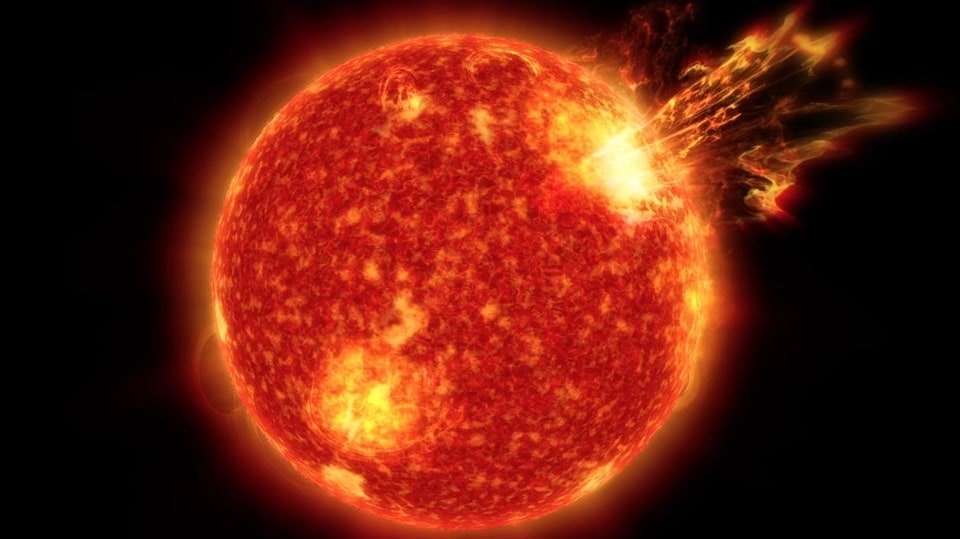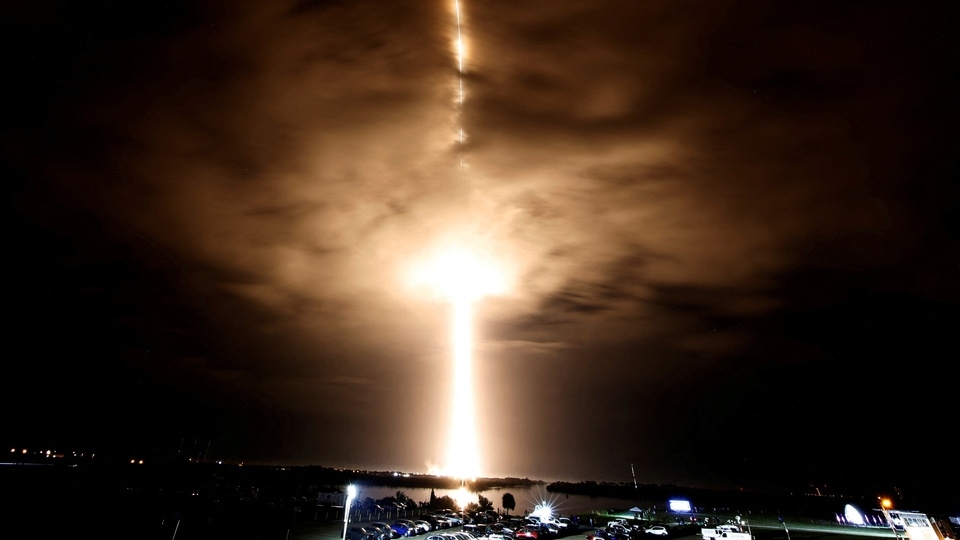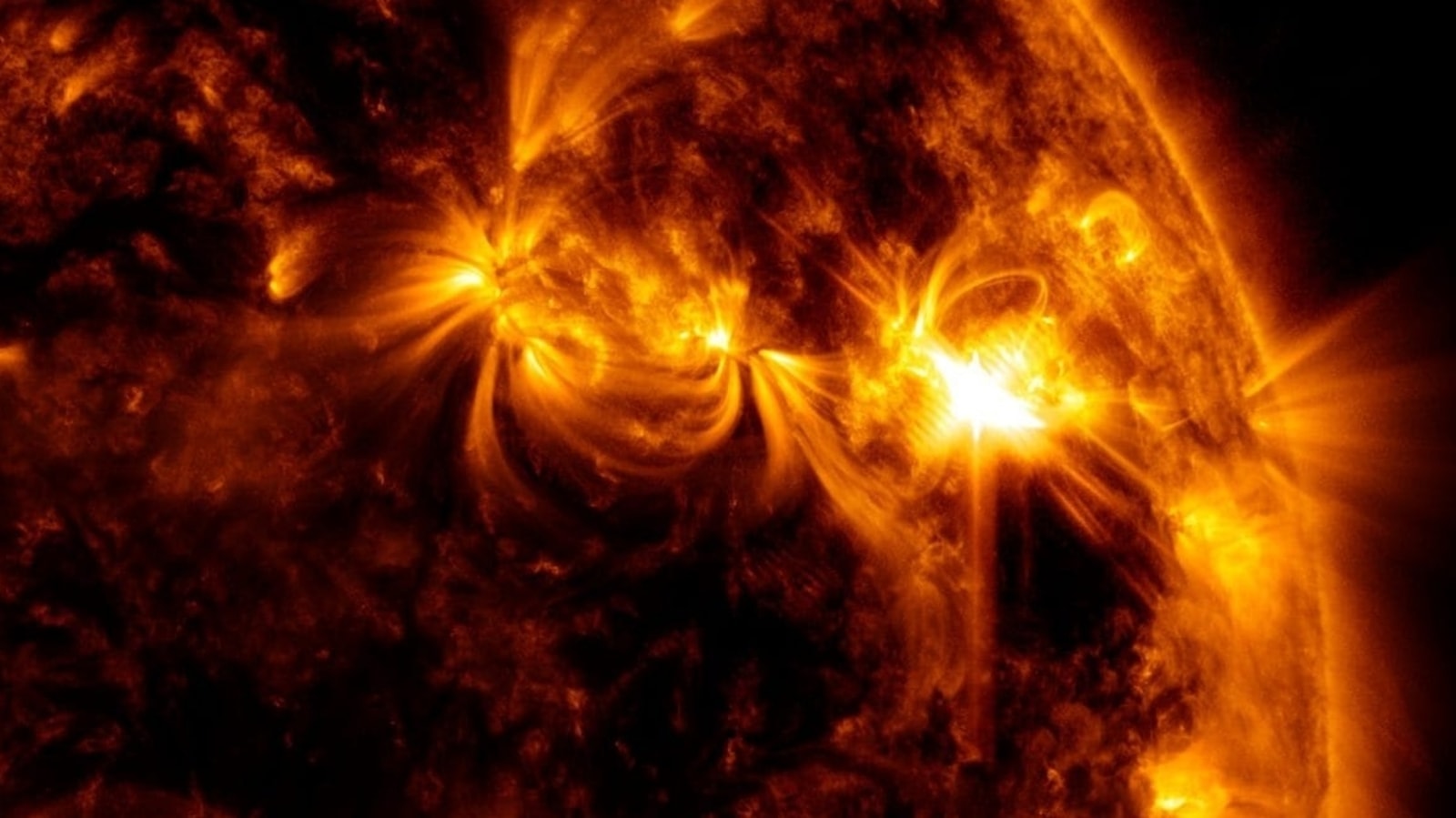NASA captures Terrifying solar flare eruption that caused blackouts on Earth
The NASA Solar Dynamics Observatory has spotted a major solar flare eruption that sent radiation so powerful that it caused radio blackouts on Earth.






 View all Images
View all ImagesIt is not every day that a nuclear blast on the Sun can cause the Earth to shake! But on Monday, October 3, that is exactly what happened. A gigantic filament of magnetism (also known as a solar flare) erupted on the southern hemisphere of the Sun. The solar flare was spotted by NASA Solar Dynamics Observatory (SDO) which recorded it to be an X1-class solar flare eruption. X-class eruptions are the strongest category. And its impact was felt on Earth where GPS disruptions and radio blackouts impacted critical communications in the affected region. But the danger is not over yet. More solar storms are expected to hit the Earth this week which may multiply the damage. But luckily for us, the SDO is monitoring the Sun to record any incoming danger.
Solar flare eruption causes blackouts on Earth
The solar flare caused radio blackouts in the USA, which is also dealing with the aftermath of Hurricane Ian. Due to the mobile network towers being knocked out, the rescue operations and disaster response missions were being conducted via radio channels of 25MHz. This frequency was entirely blocked by the radiation and as a result the operations were delayed by hours which could have resulted in loss of life and property.
The tech that tracks the terror
The Solar Dynamics Observatory is a NASA mission which has been observing the Sun since 2010. The goal of the SDO is to understand how the Sun influences the Earth and near-Earth space by studying the solar atmosphere. It has also been investigating how the Sun's magnetic field is generated and structured, how this stored magnetic energy is converted and released into the heliosphere and geospace in the form of solar wind, energetic particles, and variations in the solar irradiance.
To do this, the SDO uses Helioseismic and Magnetic Imager (HMI) which takes high-resolution measurements of the longitudinal and vector magnetic field over the entire visible solar disk, Extreme Ultraviolet Variability Experiment (EVE) which measures the Sun's extreme ultraviolet irradiance and Atmospheric Imaging Assembly (AIA) which provides continuous full-disk observations of the solar chromosphere and corona in seven extreme ultraviolet (EUV) channels.
Catch all the Latest Tech News, Mobile News, Laptop News, Gaming news, Wearables News , How To News, also keep up with us on Whatsapp channel,Twitter, Facebook, Google News, and Instagram. For our latest videos, subscribe to our YouTube channel.





























